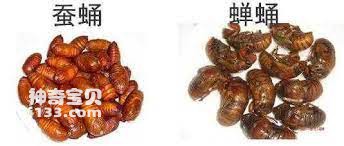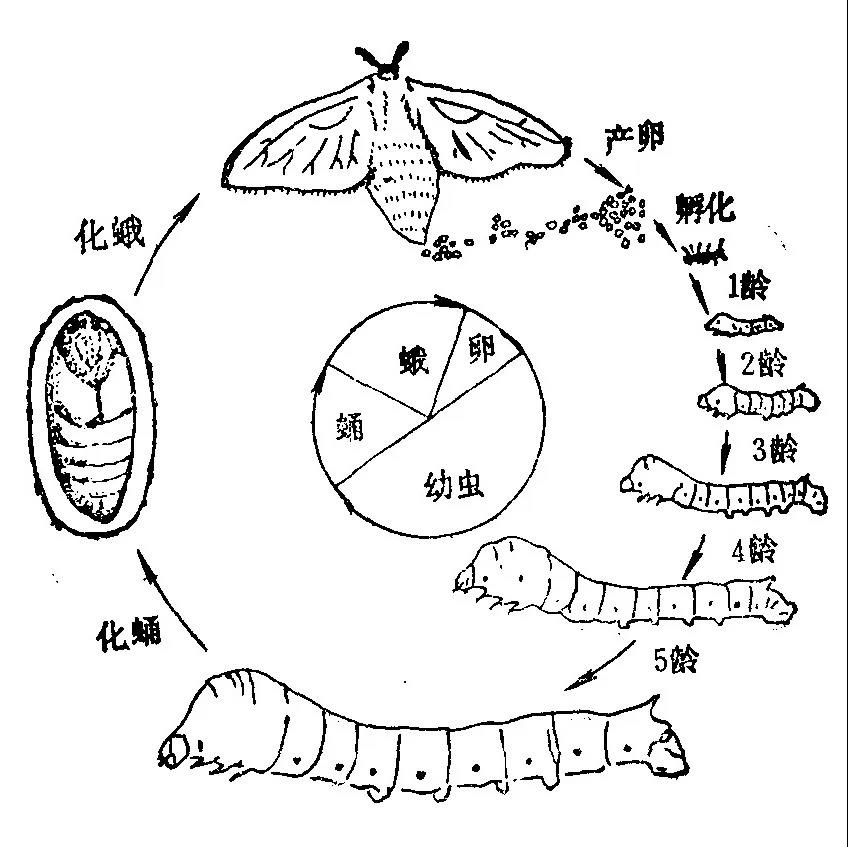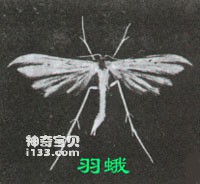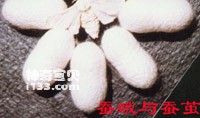
Silkworm chrysalis and cicada chrysalis are both the form of insect larvae in the pupation stage, but they refer to different insect species and life habits. Here is a detailed introduction to silkworm pupae and cicada pupae to help differentiate between them:silkworm chrysalis:Insects that produce...

Silkworm larvae refers to the larvae produced after the silkworm chrysalis hatches, which is what we usually call silkworm babies. The growth process of silkworms goes through a complete life cycle from larvae to pupae and then to adult moths. The following are the detailed changes that occur in the...

The hatching of silkworm babies is an important step in the silk production process. The following is a detailed introduction to the conditions and methods required for silkworm hatching: Incubation conditions: temperature: The right temperature is key. The most...

Silkworms are economically important insects that are cultured for the production of silk. The following is a detailed introduction to silkworm breeding methods and precautions: Breeding method Breeding environment: Temperature: The optimal temperature for silkwo...

When silkworms experience diarrhea during silkworm rearing, it may be caused by environmental temperature, feed, bacterial infection, or other stress factors. To treat the diarrhea problem of silkworms, timely measures need to be taken. Here are some detailed introductions: Observe...

Silkworms are insects that are very sensitive to ambient temperature. Its growth and development are greatly affected by temperature. The following is a detailed introduction to the growth temperature of silkworms: Suitable temperature: Egg stage: During the egg stage, the...

Silkworm is an insect of high economic value, and its larvae can be made into silk. Here are some things to know about silkworms:1. Silkworms are the larvae of Bombyx mori (the scientific name is Bombyx moth). The Bombyx moth is a lepidopteran insect that is the main source of silk.2. The life span...

1. The Mystery of Hummingbirds (Long-billed Hawkmoth) Hummingbirds (class Aves) are as large as swallows and smaller than wasps. The plumage color is usually extremely bright, the beak is slender and tubular, and the tongue can be retracted freely. It often flies betwee...

(1) Silkworms and silk There are many mulberry trees growing in the vast wilderness of our country, including trees and shrubs. There are several types of insects that live on mulberry trees, and they feed on the mulberry leaves or the trunks. Among these insects, there i...